Rendering Art: The Art of Shadows
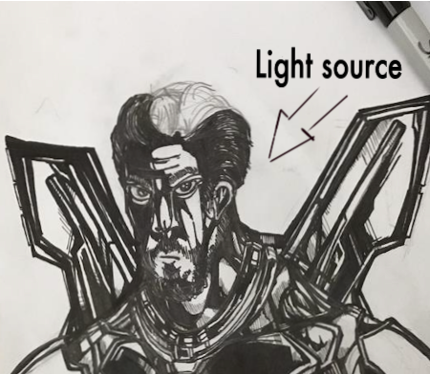
Rendering Art: The Art of Shadows
By:Brian Sun
ˈrend(ə)ring: processing of a visual to make it more three-dimensional and realistic
Skin Texture, and Shadowed Faces
To mold a face into a multi-dimensional space, using a two-dimensional surface, is much easier than it looks. The first step into shading is to find the light source. Shadows can’t exist without light. Also, you need to understand that light bends around an object. If you know a part of the face that is angular, think of how light will wrap around it. If your nose pokes outwards, and the light source is to your side, then the light will primarily hit the nose, but not the alcove under your nose, because that curves inwards.
If I were to draw Tony Stark, and a light source was facing him from the top right corner of the drawing, then the shadows would bend around his brow at the top of his forehead. The light might bend all the way around the back of his head, which is why there might be a tiny strip of light running down the right side of his face.
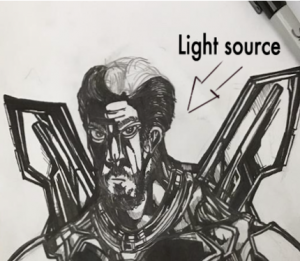
Here is an example on how to give the impression that there is a light source, and the face the light wraps around is 3D. Let’s start off with a primary face example: no hair, Rough, loose, and no shadow whatsoever. The only thing that might look like shadows are the creases in the face, but those are the structures of the face. A jawline, the bottom lip, and the bend where your skin starts to bend backwards, and not sideways.
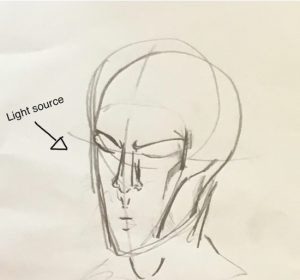
Determine the light source
Some artists can’t figure out where the light source is, because throughout the drawing session they keep changing the position of the light. If you are a beginner, mark the spot of your light source, and after a few times, you can draw without marking down where your light source is.
Inward and outward folds in the face

A face always has its creases and some parts that stick out more, but the rule that things that stick out are hit by light doesn’t apply. The reason is because if, for example, your nose is pointing away from the light, then it won’t be shone on.

Drop shadows (cast shadows)
A drop shadow is a shadow that appears when something is blocking the light source from hitting it directly. For example, if I stood in the sunlight, the shadow that I create that hits the ground will be a drop shadow.
Note: some people call this a cast shadow, but there really is nothing different except for the name.
Author’s Note: If you want to learn more about shading and rendering visuals, there will be a new article about it



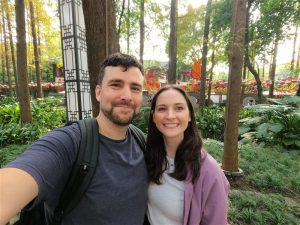

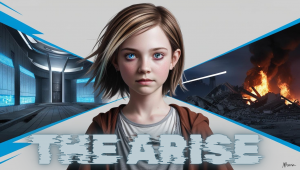
Brian… I am speechless!! You are so talented. Your drawing is so complex and wow, I am just speechless. I can’t wait for the next article to see what you are going to teach us.
Fabulous drawing of Tony Stark – what you are missing is a signature on your drawing 🙂 (LOL)
Brian, you become an expert now. Thank you for teaching Howie for this before. Can you teach him some more as soon as you both meet again.